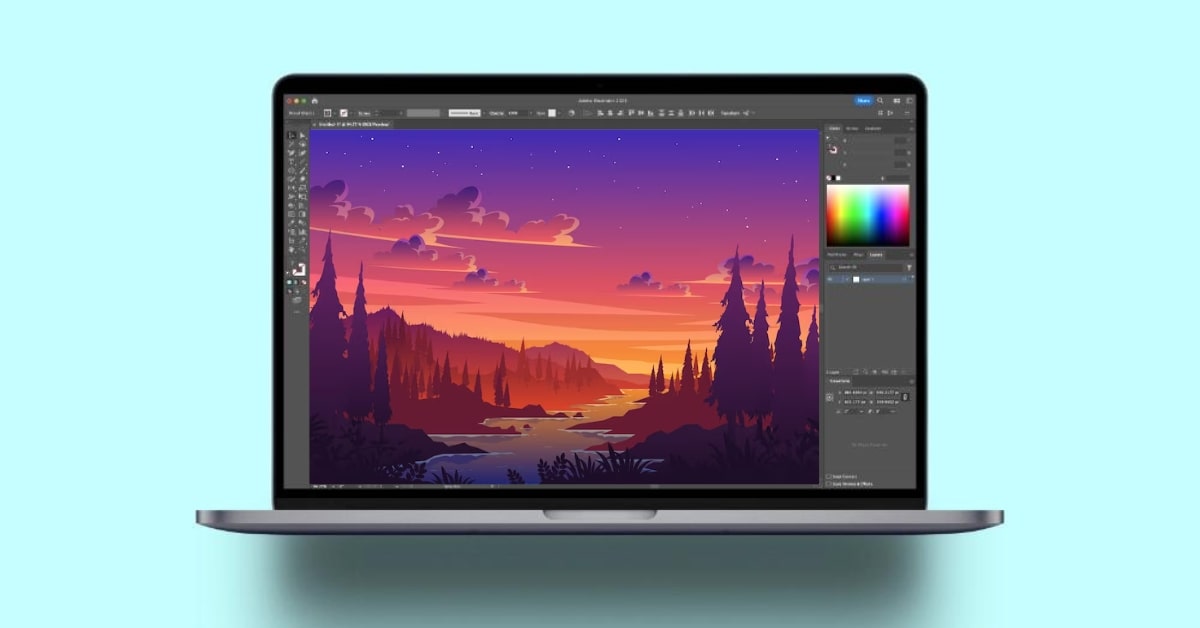Adobe Illustrator stands as a powerful tool in the world of graphic design, offering the capability to transform raster images into scalable and editable vector graphics. The process of vectorizing an image in Illustrator involves converting pixel-based images into smooth, scalable vector paths. This article dives into the methods, advantages, and steps involved in the image vectorization process using Adobe Illustrator.
Vectorizing Images in Illustrator
- Image Trace Function:
- Adobe Illustrator features the Image Trace function, which automates the process of converting raster images to vectors.
- Users can open Illustrator, import the image, and use the Image Trace panel to choose preset tracing options or customize settings for accurate vectorization.
- Manual Tracing:
- For more control and precision, users can manually trace the image using Illustrator’s Pen tool or drawing tools.
- This method involves creating vector paths by tracing over the raster image.
- Adjusting and Refining:
- After vectorization, users can refine the vector paths, adjust anchor points, modify shapes, and fine-tune details using Illustrator’s editing tools.
Steps for Vectorizing an Image in Illustrator
- Import Image:
- Open Adobe Illustrator and import the raster image you want to vectorize.
- Utilize Image Trace:
- Use the Image Trace panel to apply preset tracing options or customize settings based on the image’s complexity and desired output.
- Refine Tracing (if needed):
- Adjust the tracing result using options like threshold, paths, corners, or noise reduction to achieve the desired vectorization.
- Expand and Edit:
- Once satisfied with the tracing result, expand the image trace to convert it into editable vector paths.
- Use Illustrator’s editing tools to further refine and modify the vectorized image.
Advantages of Vectorizing Images in Illustrator
- Scalability and Quality Retention: Vectorized images retain quality and clarity at any size without pixelation or loss of detail.
- Editing Flexibility: Vector graphics allow for precise editing of individual elements, colors, and shapes without compromising quality.
- Versatility in Applications: Vectorized images are adaptable across various design applications and platforms.
- Print and Web Use: Vector graphics are suitable for high-quality prints and web graphics, ensuring versatility in different media.
Conclusion
Vectorizing images in Adobe Illustrator empowers designers with the ability to convert raster images into scalable and editable vector graphics. By leveraging Illustrator’s powerful tools and methods like Image Trace or manual tracing, designers can seamlessly transform raster images into versatile vector assets, ensuring adaptability and precision in various design projects.
FAQs
Can any image be vectorized in Illustrator?
Most raster images can be vectorized, but complex or highly detailed images may require additional adjustments for optimal vectorization.
Does vectorizing an image in Illustrator affect its original quality?
Vectorization preserves image quality and allows scalability without compromising the original quality of the image.
Can vectorized images be edited or customized further after vectorization?
Yes, vectorized images can be further edited, modified, or customized within Adobe Illustrator.
Are there limitations to the size or complexity of images suitable for efficient vectorization in Illustrator?
Larger or highly complex images might require more processing power and manual adjustments during the vectorization process.
This page was last edited on 27 February 2024, at 11:37 am
